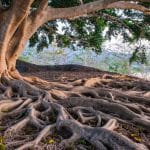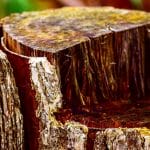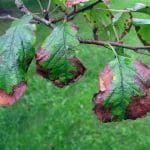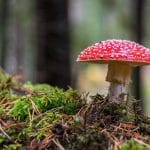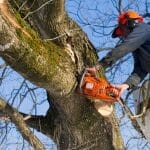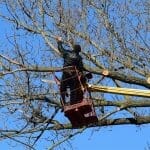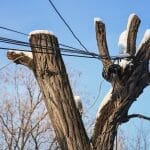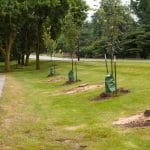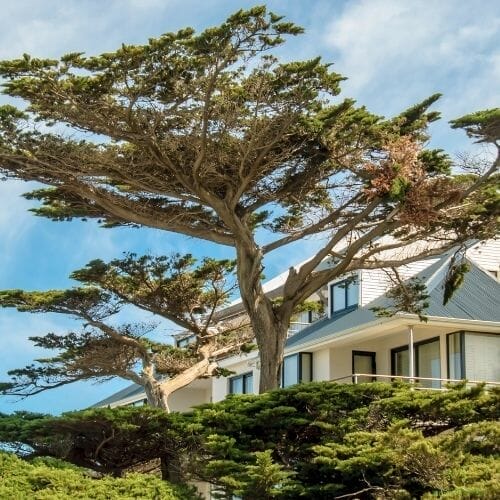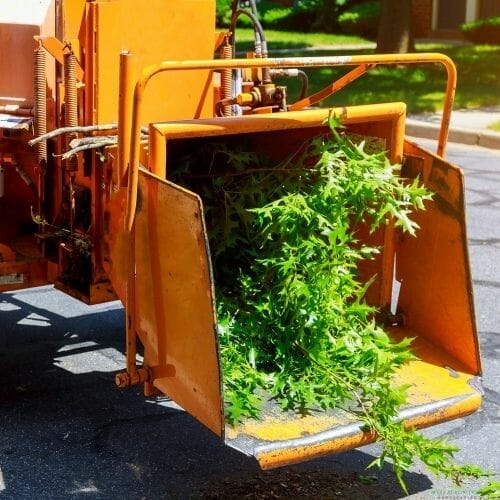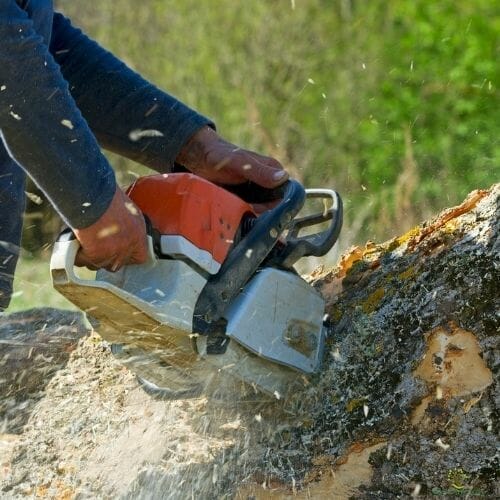There is a large difference between birch trees and aspen trees. Although both can grow to around the same height, and both are capable of producing bright fall foliage, but they have many differences between them. The color of the autumn leaves and the general height of these trees are where the similarities end.
Bark Appearance
Birch tree bark is marked with horizontal lenticels, or cellular clumps that act as pores on the tree. The color of the bark may be gray, grayish white, grayish red or grayish black. Because of the marking caused by the lenticels, the papery bark of birch trees easily flakes and peels off of the trunks of the trees. The bark of aspen trees is smooth and white, marked only occasionally by stark black knots or scarring.
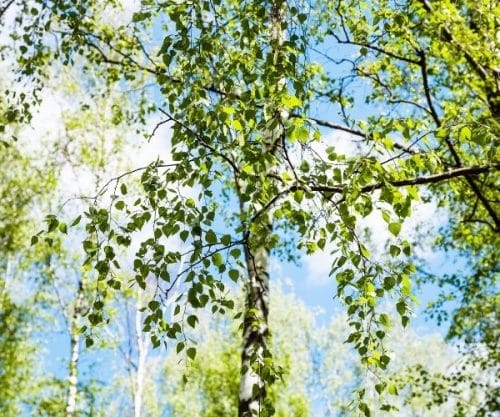
Leaf Appearance
There are many different kinds of birch trees. Their leaves look alike because they are all the same shape and size. The leaves are doubly serrated, meaning the edges of the leaves resemble the blade of a saw, with larger “saw teeth” interspersed among smaller ones. Each leaf has a central vein that runs through it, and has leaf stems called petioles with a rounded stipule, or bump where the leaf attaches to the twig.
The leaves of aspen trees are almost perfectly round, but they’re not serrated, and the leaf margins are rounded, with tiny bumps or “teeth” along the edge. The petioles of the leaves are flat and alternate.
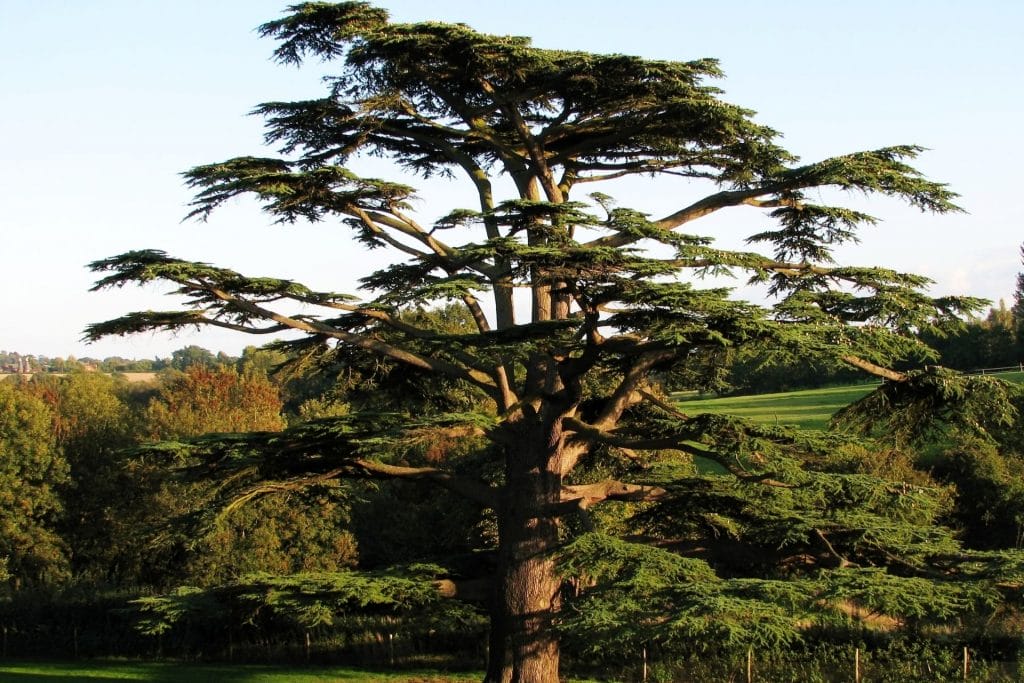
Buds
Leaves appear on the ends of branches and are the first symptom of spring. They begin as buds on the ends of branches, and by the beginning to mid-summer they are fully grown. These buds are shaped like cones.
During winter they appear as scars. Birch tree buds form in the early spring and are fully grown by the beginning to middle of summer. Buds are arranged laterally on the tree, and branches do not have terminal buds.
Aspen buds are reddish-brown and cone shaped. They’re similar to those of a birch tree, except that they form terminal buds. They require less time to mature than birch buds, and their scars are noticeable against the white bark of the tree.
Climate and Location
Aspen trees are restricted to USDA cold hardiness zones 1 through 6, with trees in warmer and considerably colder climates becoming dwarfed.
Birch trees generally grow best in USDA cold hardiness zones 6 through 3, but can tolerate warmer and colder climates with only a little difficulty.
Aspen trees are found across the North American continent from Canada down to Mexico, while birch trees are generally only found in the eastern United States and parts of Canada.
Growth Requirements
Aspens require full sun, whereas birch trees are tolerant of partial sun. Birch trees have shallow root systems, but tolerate a variety of soil conditions, while aspen trees prefer a looser soil. Contact us to learn about our tree services in West Austin, TX.



